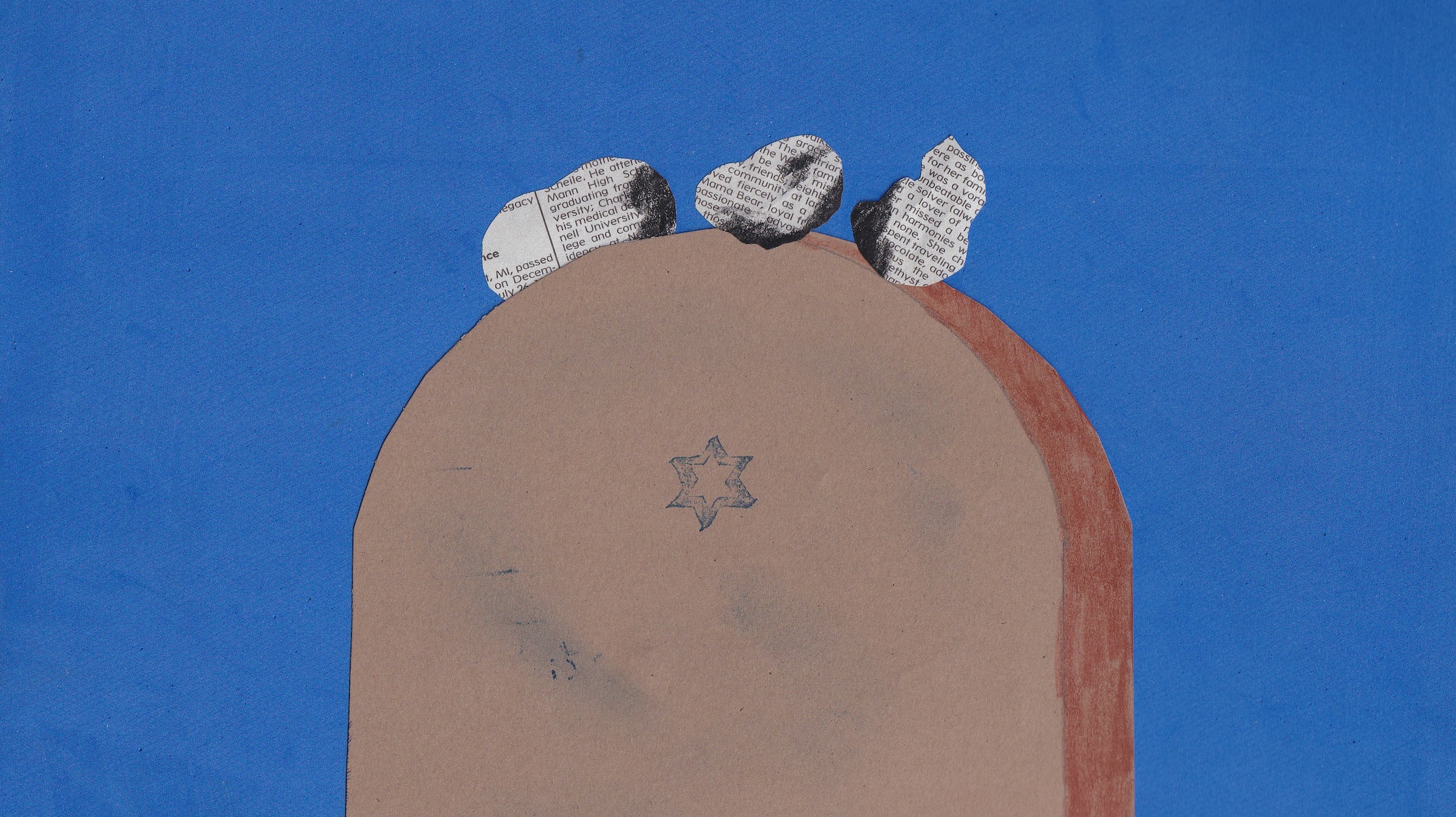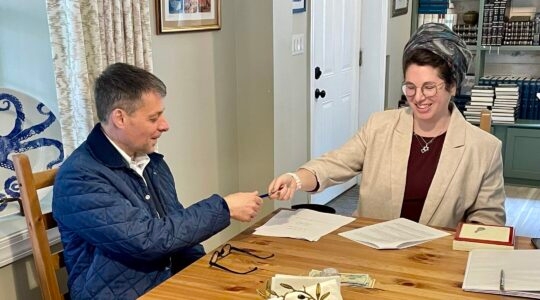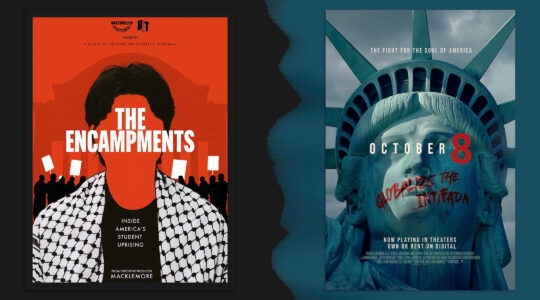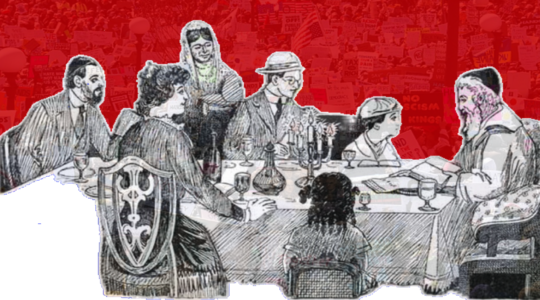In June, the writer Lore Segal, who had started hospice at her home in Manhattan, sent an email to her friends. “I am not sad or angry or afraid,” she wrote, according to a lovely profile in the New York Times Magazine. “Why aren’t I? It seems that having had a good 96 years will do very well.”
Starting in June 2023, I edited a weekly obituary newsletter for JTA. Segal, who died on Oct. 7, provided a fitting epigraph for the newsletter, which we called “Jewish Life Stories.” In brief obituaries we tried to capture the good years of the recently deceased, and the ways they made the communities they lived in better or more interesting places.
JTA is putting the newsletter on hold as I take on other assignments. My colleagues and I will continue to write obituaries, but it’s a good occasion to reflect on what I learned from and was able to contribute by remembering hundreds of remarkable people.
The job is easier, of course, when the deceased live long lives, and die with what Ecclesiastes calls a “good name.” We said goodbye to many Holocaust survivors, most memorably to those — a cardiothoracic surgeon, a pioneer of laparoscopic surgery, a tailor to presidents and movie stars — who dedicated themselves to endeavors that affirmed life in the face of illness or tragedy. We remembered influential scholars, like the feminist studies pioneer Frieda Johles Forman and Shoah historian Yehuda Bauer.
I also wrote full obituaries for artists — Mark Podwal and Mordechai Rosenstein among them — who helped create distinct visual vocabularies seen in thousands of Jewish homes.
It was more difficult when the subject was a young person cut down too soon, or even elders who appeared to have had years of life ahead of them. We wrote too many obits for Israelis killed on Oct. 7, and soldiers who fell in the subsequent war. We remembered a classical music producer whose death from cancer came astonishingly quickly, a newlywed and matchmaker who died days after giving birth, and a former New York Jewish Week colleague killed by an ambulance while crossing the street.
But even difficult obituaries are an opportunity to take the measure of a life, celebrated or otherwise. “There is no such thing as an uninteresting human being,” says Ann Wroe, who writes the lyrical obituaries that appear every week on the back page of The Economist. Some of the most gratifying obituaries recall people who may not have been household names, but who had a huge impact in places where they lived. Folks like Ilana Schatz, a super-volunteer in the Bay Area who sold what she called Fair Trade Judaica, or bioethicist Nancy Dubler, who literally wrote the book on end-of-life decisions.
In writing their obituaries, I wanted to do right by their families, and leave a historical record ensuring that their full lives, and not just their passing, were recorded and remembered.
But I’ll admit to a selfish motive in taking on what the celebrated obituary writer Marilyn Johnson affectionately calls “the dead beat.” Every obituary is not just a tribute to the deceased, but a goad to consider one’s own life and ask, will it do “very well”? I found it inspiring and therapeutic to dig into the lives of accomplished people — the writings they left, the testimonies they gave to oral history projects, the awards they won, the reminiscences of their friends and loved ones. It was a privilege to have so many models for leaving a “good name,” and to witness the varieties of Jewish experience. Even the most secular Jewish celebrity would inevitably leave a bread crumb describing the way their Jewishness had shaped their life and work.
Of course I would casually draft my own obituary, an occupational hazard. It’s a good exercise, and not just in a spiritual, self-help sort of way. I spent enough time searching down the basic facts of an individual’s life that I can offer practical advice to anyone who is thinking about posterity for themselves or their loved ones.
First of all, don’t wait until it’s too late to gather stories. Major newspapers often sit down with celebrities for a “pre-obit” interview. You might find it morbid, but think what a blessing it is to have and share those stories. Start with the c.v. version of a person’s life — where born, where educated, major jobs and milestones — and dig deeper. Wroe is famous for obituaries that go beyond the facts and get inside the heads of her subjects. “I look at little tiny things like the phrases they like to use, and the way they walk and the clothes they wear and that sort of thing,” she explained in a webinar last year. “It’s like putting little dots of color on a canvas.”
Wroe also looks for people’s obsessions: the things they collected, the teams they followed, their hobbies and passions.
Keep this information in a place and format that you can easily access and organize when the time comes — or, preferably, well in advance. The obituary and eulogy you write between the time of death and the funeral may have the benefit of immediacy, but it will only be improved if you have thought it out well ahead of the crisis.
And as a journalist, I’ll make another self-serving suggestion: Make public the facts and details you’ll want others to read or write about. The mundane details like date of birth and date and place of death. List the survivors. Write down the jobs, the titles, the degrees, the marriages. You can share them on Legacy.com or on a personal page or even in a social media post.
And make available a good photograph. All of us deserve an image that says who we are and were, and not a low-resolution snap from an old yearbook or a blurry vacation photo.
And if you do find the whole exercise morbid, consider the words of longtime New York Times obituary writer Margalit Fox, who features prominently in “Obit,” a 2016 documentary film about the Times’ obituary department.
“The obits section is quite misunderstood. People have a primal fear of death, but 98% of the obit has nothing to do with death, but with life,” she told the Paris Review. “There are maybe two sentences in there about when or where the guy died and with the rest, you let the person’s life guide the treatment.
“We like to say it’s the jolliest department in the paper.”
JTA has documented Jewish history in real-time for over a century. Keep our journalism strong by joining us in supporting independent, award-winning reporting.







